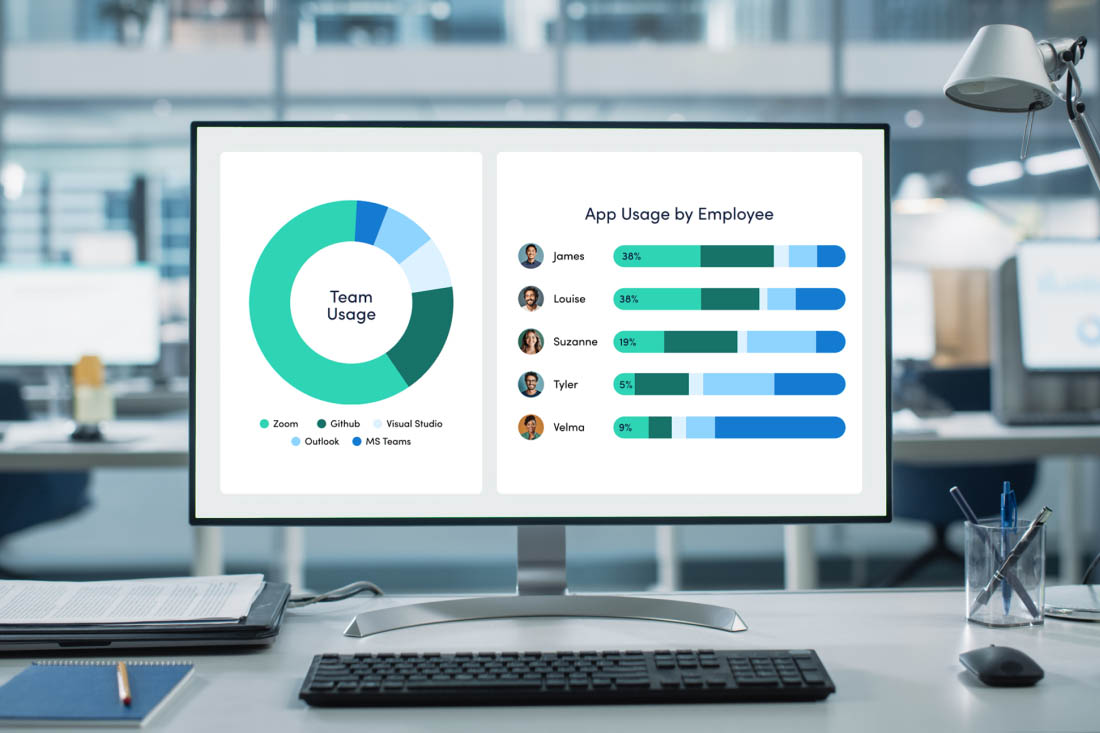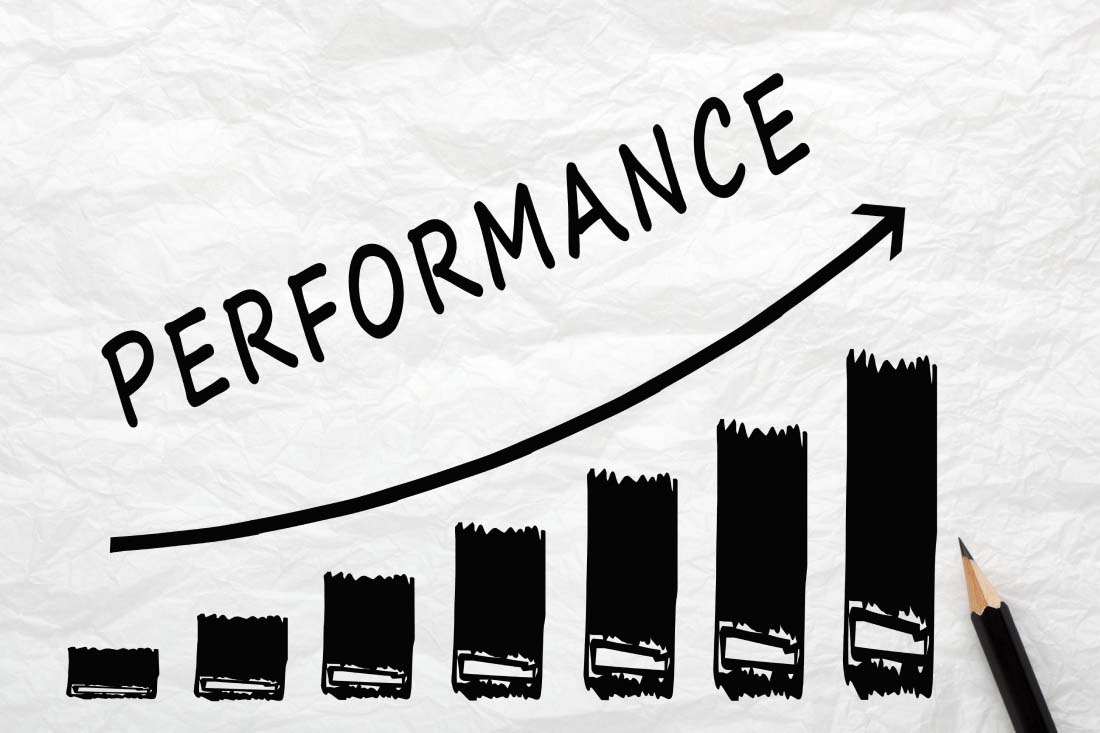Originally published in Forbes
In boardrooms across industries, discussions around EBITDA and profitability are increasingly converging around a central topic: workforce analytics. As companies look to optimize costs and drive sustainable growth, CEOs must recognize that workforce optimization isn’t just an HR concern—it’s a strategic imperative that directly impacts financial performance.
For years, people analytics has been considered a tool for HR leaders—used to track engagement, attrition and employee satisfaction. But today, the ability to measure productivity, capacity and utilization with real-time data has been elevated to a board-level discussion about workforce analytics, and it extends beyond any single function. Simply put, workforce efficiency is one of the most significant levers for profitability, yet many companies fail to integrate it into their financial strategy.
The conventional wisdom surrounding workforce management often focuses on headcount: Do we have too many employees or too few? But true optimization requires a deeper understanding of how employees spend their time, how work is distributed and where inefficiencies create financial drain.
The Unseen Metrics That Shape Business Performance
Utilization and capacity are two of the most overlooked yet impactful metrics in workforce analytics. Many companies operate with a partial view of their workforce’s actual output, making decisions based on assumptions rather than data. This can lead to costly inefficiencies—overstaffing in some areas while pushing high-value employees to unsustainable workloads in others.
Organizations that systematically analyze workforce utilization data gain the ability to:
- Identify underutilized teams and reallocate resources efficiently.
- Reduce unnecessary hiring and associated labor costs.
- Prevent burnout and improve long-term retention of top performers.
- Quantify wasted capacity in FTE and salary costs to optimize labor investments.
- Forecast workload demands more accurately to align workforce planning with business cycles.
When a company can measure and optimize these factors, it creates an agile workforce that scales with demand while maintaining financial discipline. In an era where economic uncertainty is the norm, CEOs must prioritize workforce agility as a cornerstone of sustainable profitability.
Turning Workforce Data Into A Profitability Lever
One of our large enterprise customers recently transformed its approach to workforce productivity. By analyzing time and activity data across thousands of employees, the company uncovered significant workload imbalances: some teams were underutilized while others were at risk of burnout. This inefficiency wasn’t just an operational issue—it was a profitability problem.
To address it, the company launched a strategic effort to ensure that efficiency programs deliver real EBITDA impact. While they had multiple cost-saving measures in place, they realized that accurate time and productivity measurement was the foundation for success. Without it, they couldn’t quantify the effectiveness of their strategies or capture the full financial benefits.
Beyond cost-cutting, cost avoidance has become a major focus. Their vice president of finance now uses workforce analytics when evaluating hiring requests. If a department has multiple employees logging fewer than five productive hours a day, leadership challenges them to reallocate work before approving a new headcount. This data-driven approach has improved service delivery, optimized staffing and directly contributed to EBITDA growth.
This example underscores a critical shift: time and productivity measurement isn’t just about tracking hours worked—it’s about ensuring that every hour translates into measurable business value. CEOs who embrace this level of workforce insight gain a strategic advantage in financial planning, cost control and revenue growth.
Identifying Waste, Cutting Costs And Driving Revenue
Workforce inefficiencies often go unnoticed because they don’t show up on traditional P&L statements. But hidden waste—low productivity, poor workload distribution and excessive administrative tasks—can drain millions (if not trillions) of dollars in lost value each year.
Some of the biggest culprits include:
- Administrative Overload: Employees bogged down by excessive emails, meetings and redundant processes that add little business value
- Underutilized Talent: Gaps in work schedules where employees have available time but no structured tasks
- Mismatched Skills: High-value employees spending time on low-impact tasks instead of leveraging their expertise for strategic priorities
The solution isn’t simply reducing headcount—it’s optimizing how work is structured. CEOs who take a data-driven approach to workforce analytics can systematically eliminate inefficiencies, ensuring that every dollar spent on labor contributes to growth instead of operational drag.
Eliminating Workforce Blind Spots: A CEO’s Responsibility
Many executives assume they have a clear understanding of workforce performance based on traditional productivity metrics or anecdotal feedback. But relying on outdated measurement methods leaves room for blind spots that hinder profitability.
A data-driven workforce strategy requires:
- Real-Time Insights: Using objective data to track productivity trends and workload distribution in a way that aligns with financial goals.
- Continuous Evaluation: Treating workforce optimization as an ongoing process rather than a one-time initiative.
- Cross-Functional Collaboration: Integrating workforce analytics into executive decision making, ensuring that finance, operations and HR align on business priorities.
CEOs who embrace workforce analytics as a strategic tool will gain the ability to optimize labor investments, improve EBITDA and drive long-term growth.
The challenge isn’t whether companies will adopt workforce analytics—the challenge is how quickly they’ll realize that they can’t afford not to.





